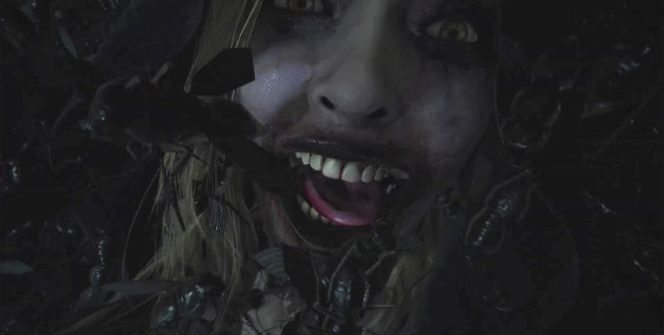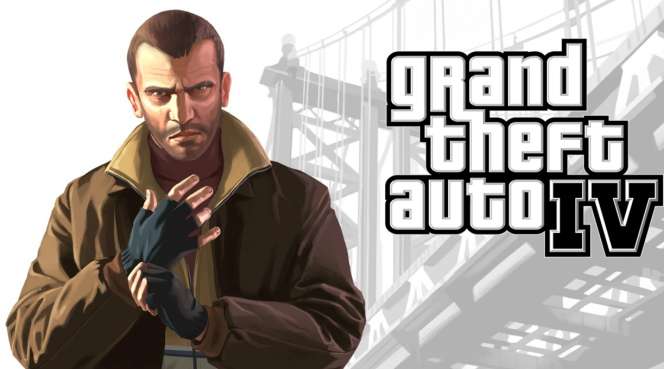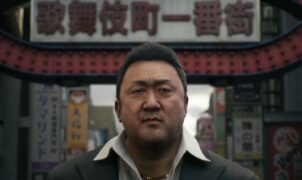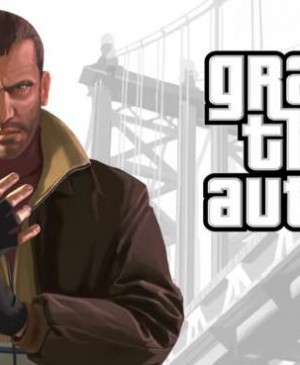Aside from the game’s director, the producer also talked about how Capcom was considering skipping the game on the 2013 consoles.
„This is indeed one of [Resident Evil:] Village’s newest evolutions. We’ve prepared a more open environment, and basically, we just tell the player to go and have fun with it, which is something Resident Evil hasn’t done before. While the main story still advances in what we think is the best order to experience it, it is possible to ignore the objectives and just get lost in the game’s world.
There are many houses you can completely ignore, but as we feel it’s important to reward the player’s eagerness to explore, there will always be something interesting to discover. We put a lot of effort into making Village’s exploration worthwhile. The fact that [Resident Evil:] Village has so many optional things to do makes it very different from previous instalments in the series. I’d almost go as far as to say that we prepared too many detours, so if you want to experience everything, it’s going to take you a long time,” Morimasa Sato, the director of Resident Evil: Village, told IGN.
„We developed [Resident Evil:] Village as a game for next-gen hardware, but to make it accessible to more players, we went through a lot of trial and error to somehow provide a comparable experience on last-gen hardware. In the end, we were able to deliver a high-quality product for last-gen hardware as well. That being said, if the quality hadn’t been sufficient, I don’t think we would have released it,” Tsuyoshi Kanda, the producer, added. Sato said that if there was significant disparity on the PlayStation 4-Xbox One duo, „it would not have been something we could deliver to players, so we did our best to make sure it would be satisfying on any platform.”
Resident Evil: Village launches on May 7 on PlayStation 5, Xbox Series, PC (Steam), PlayStation 4, and Xbox One.
















Leave a Reply